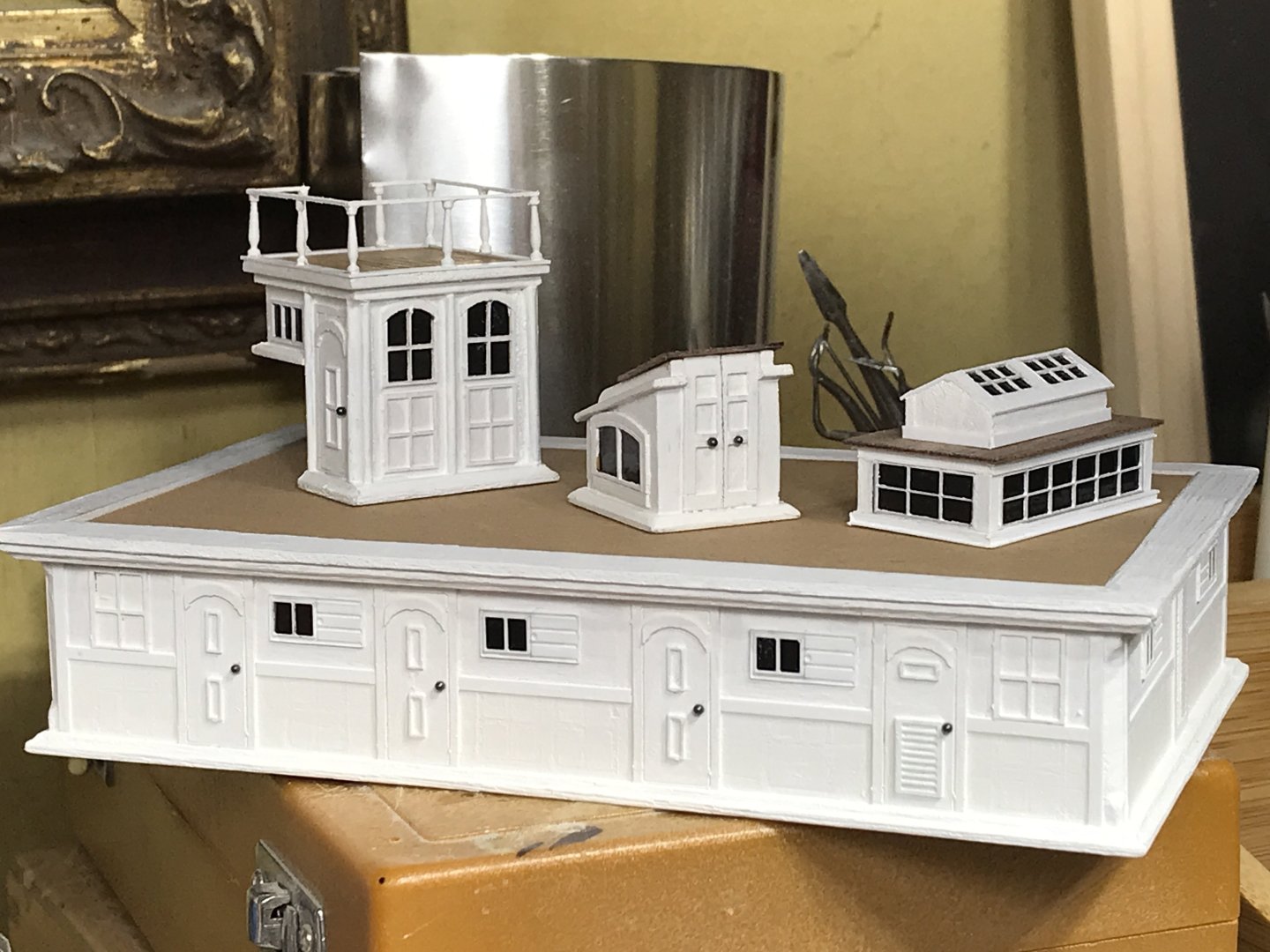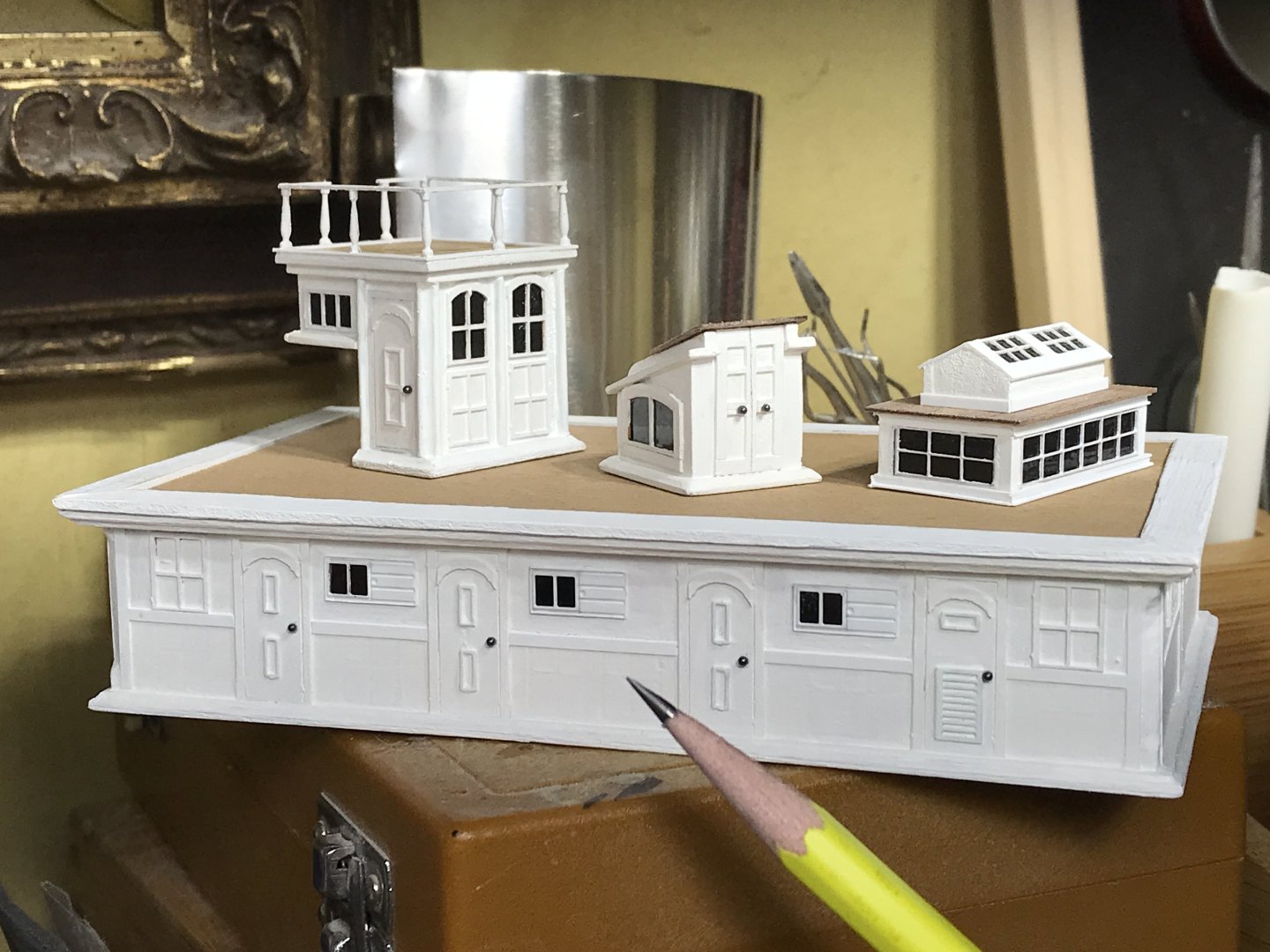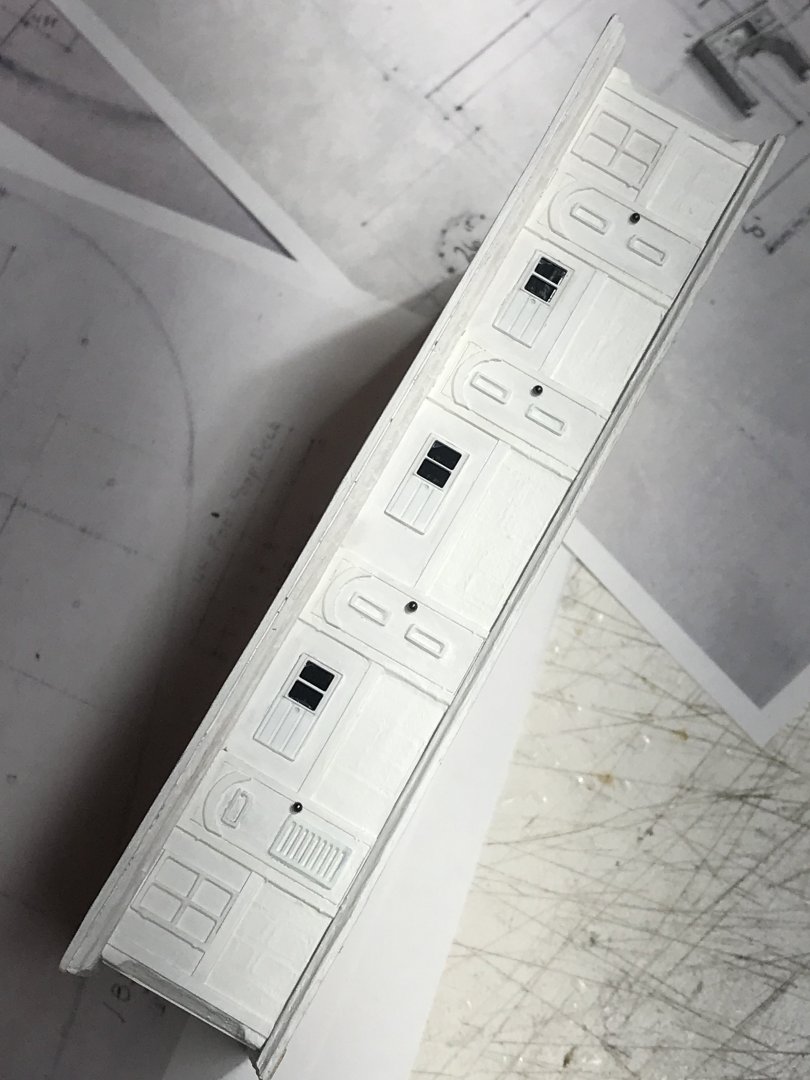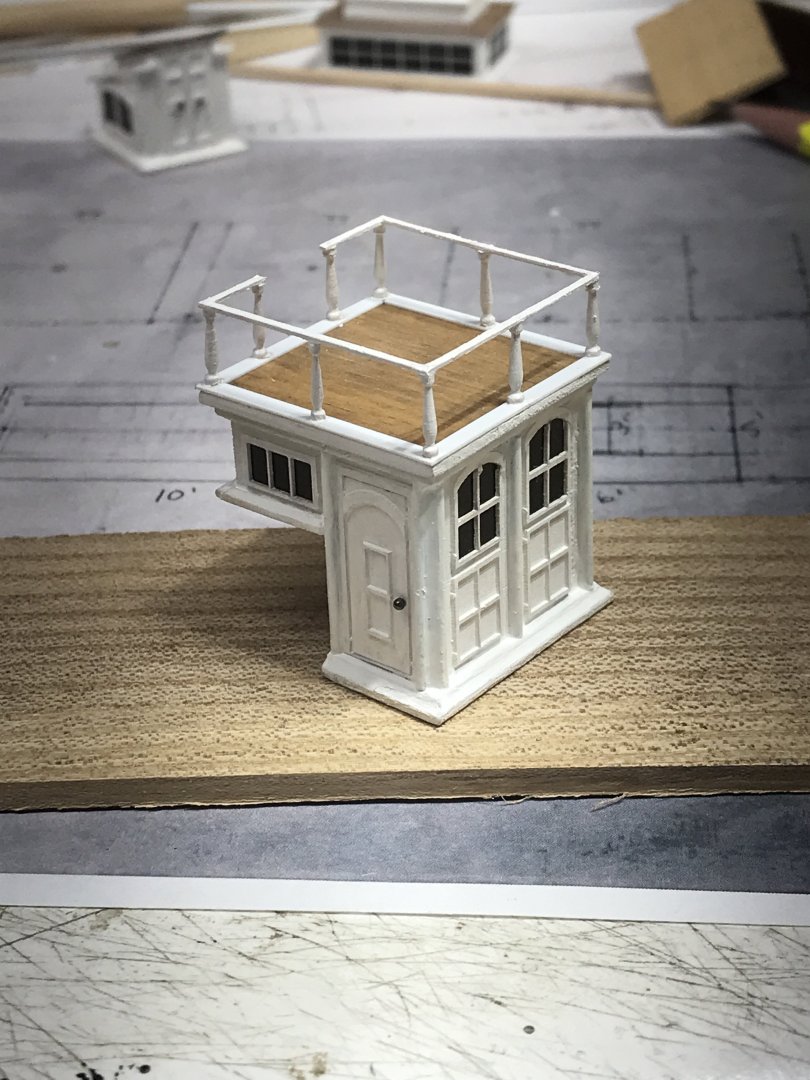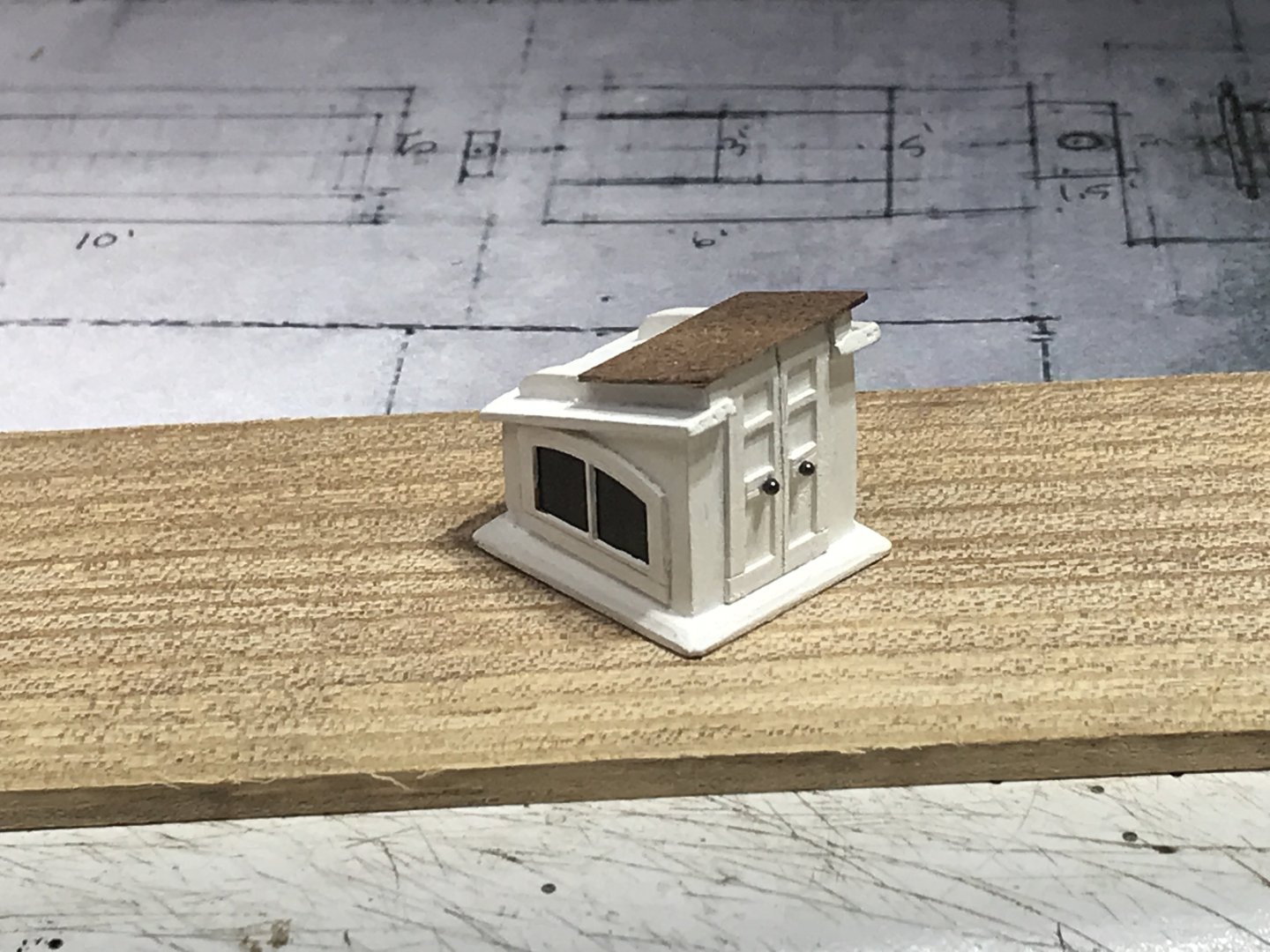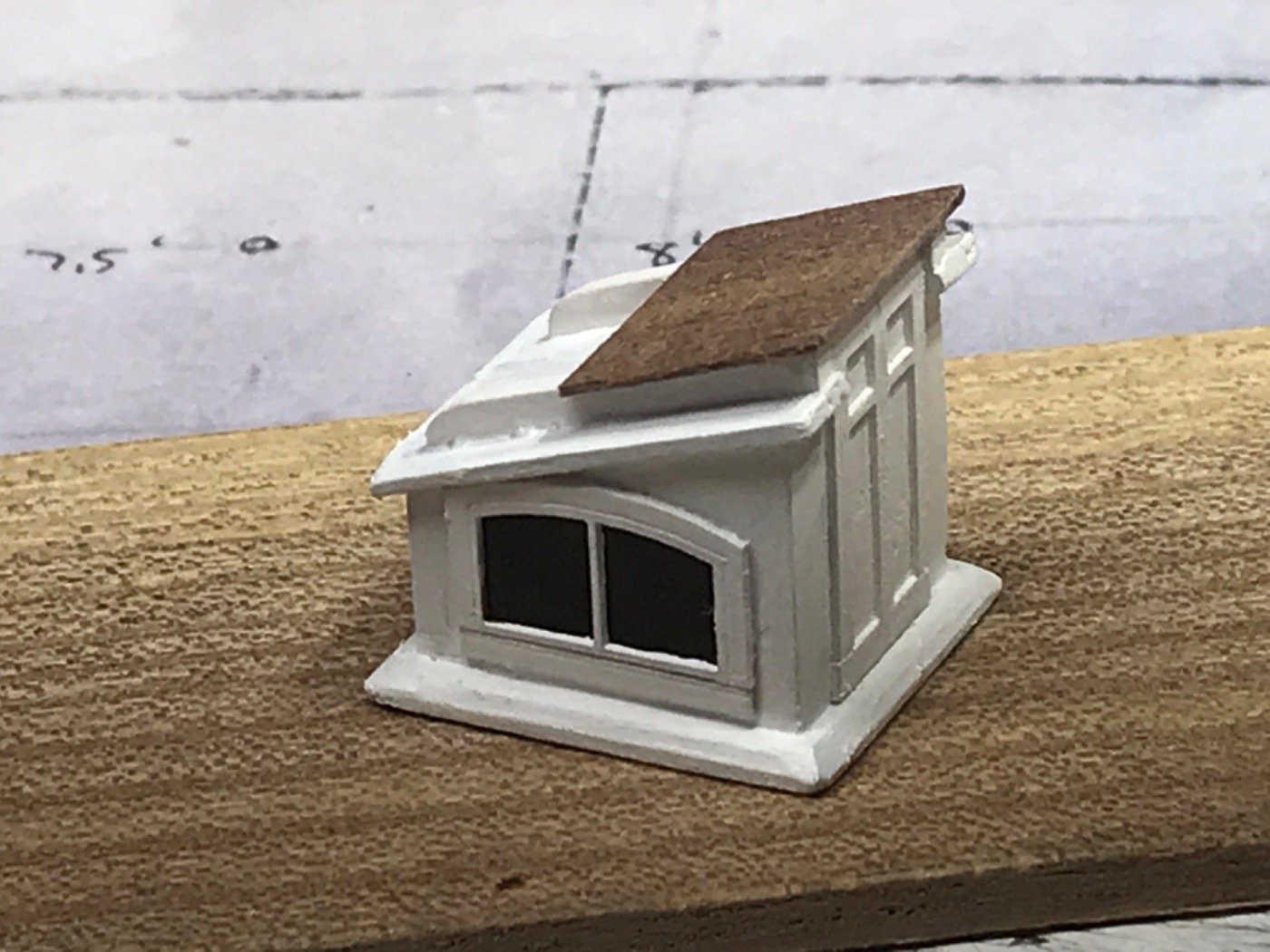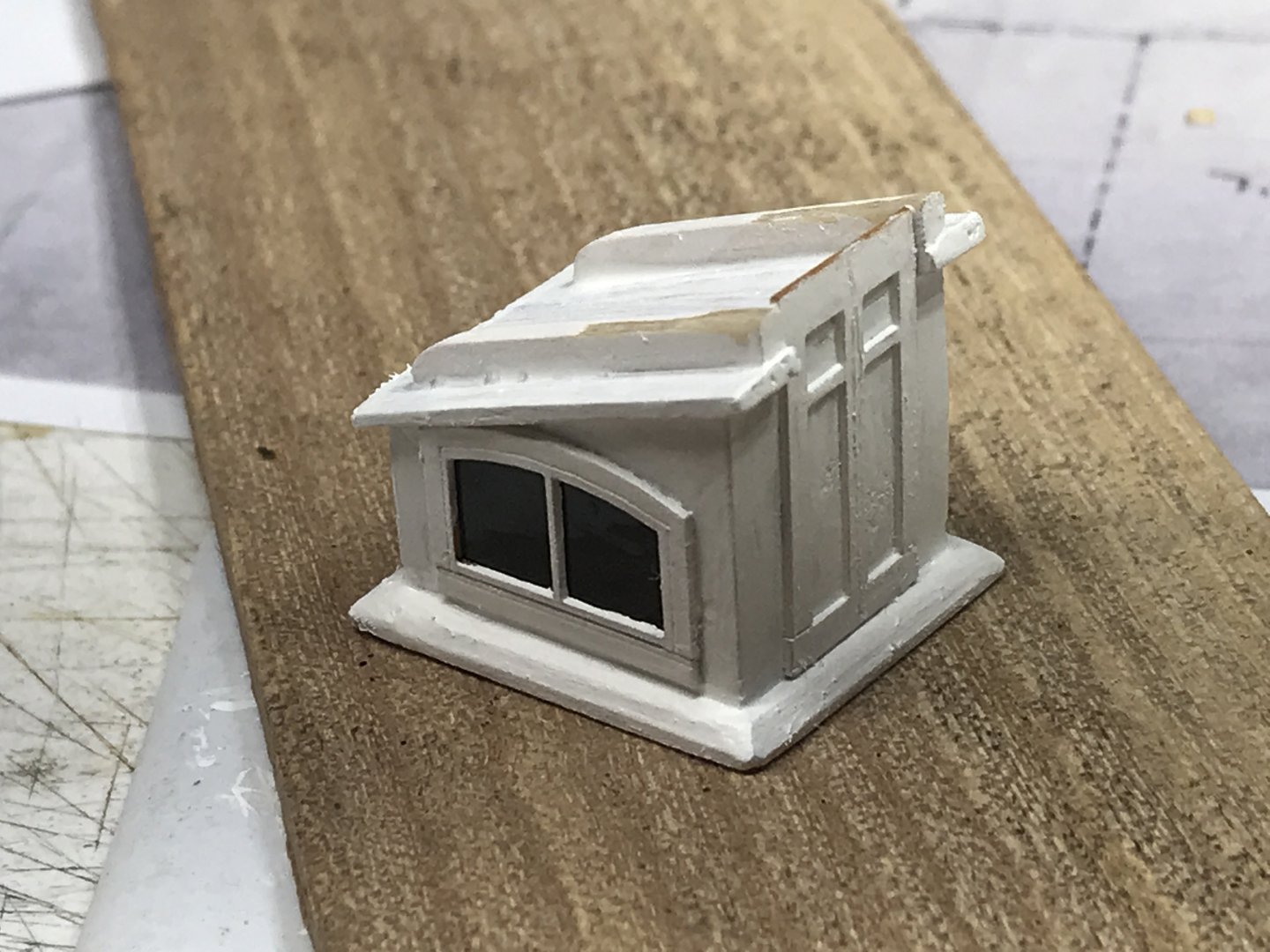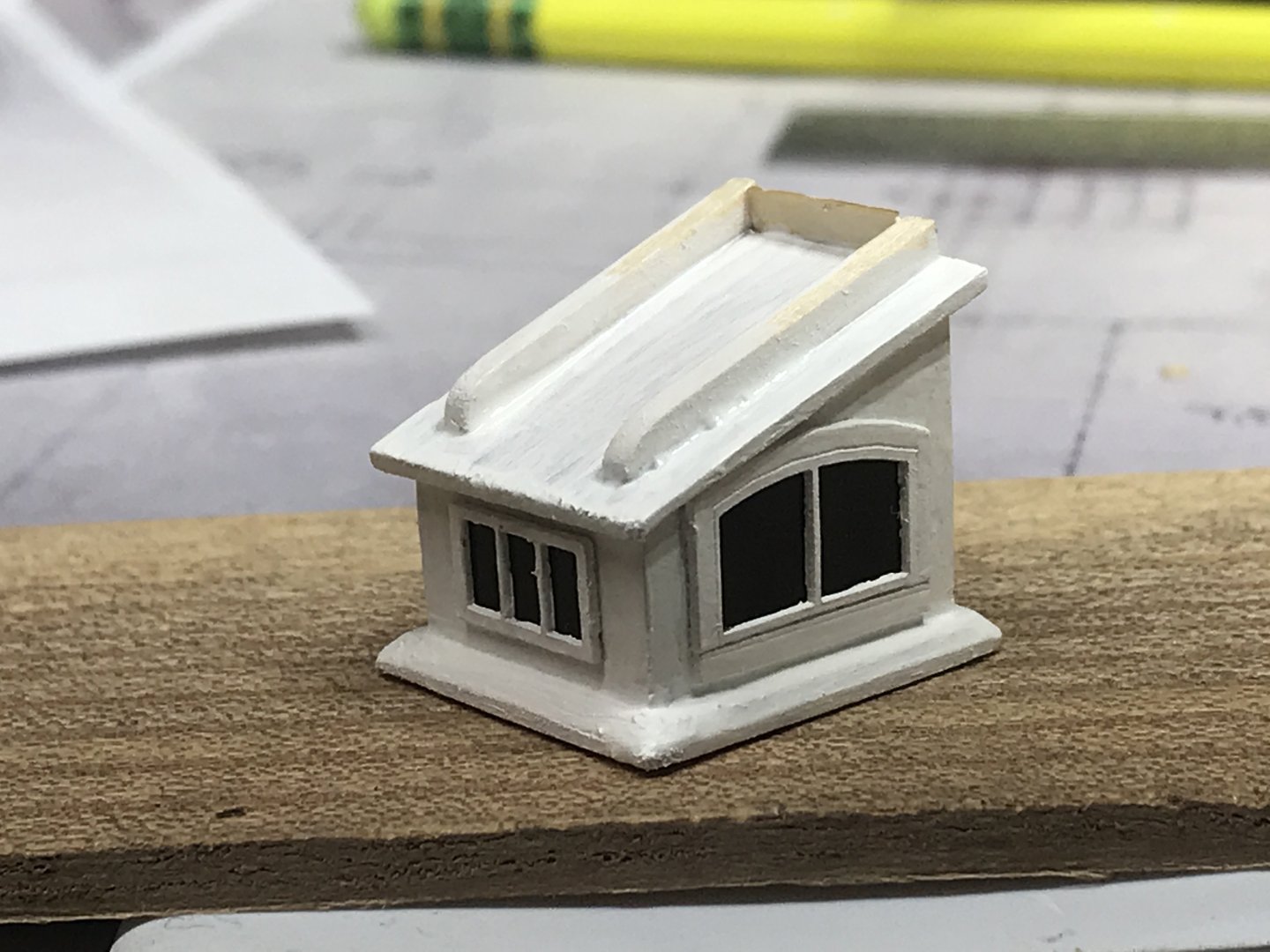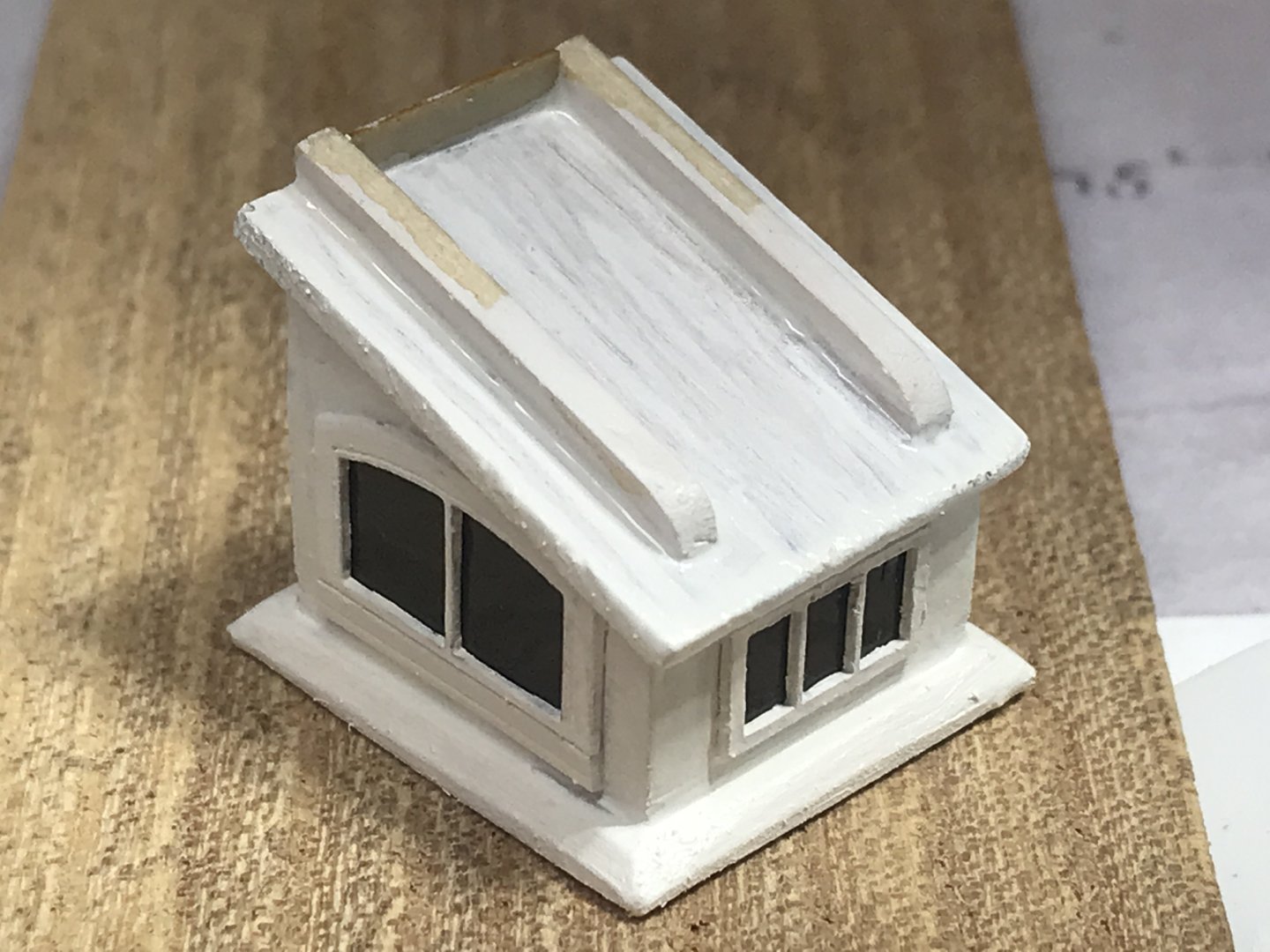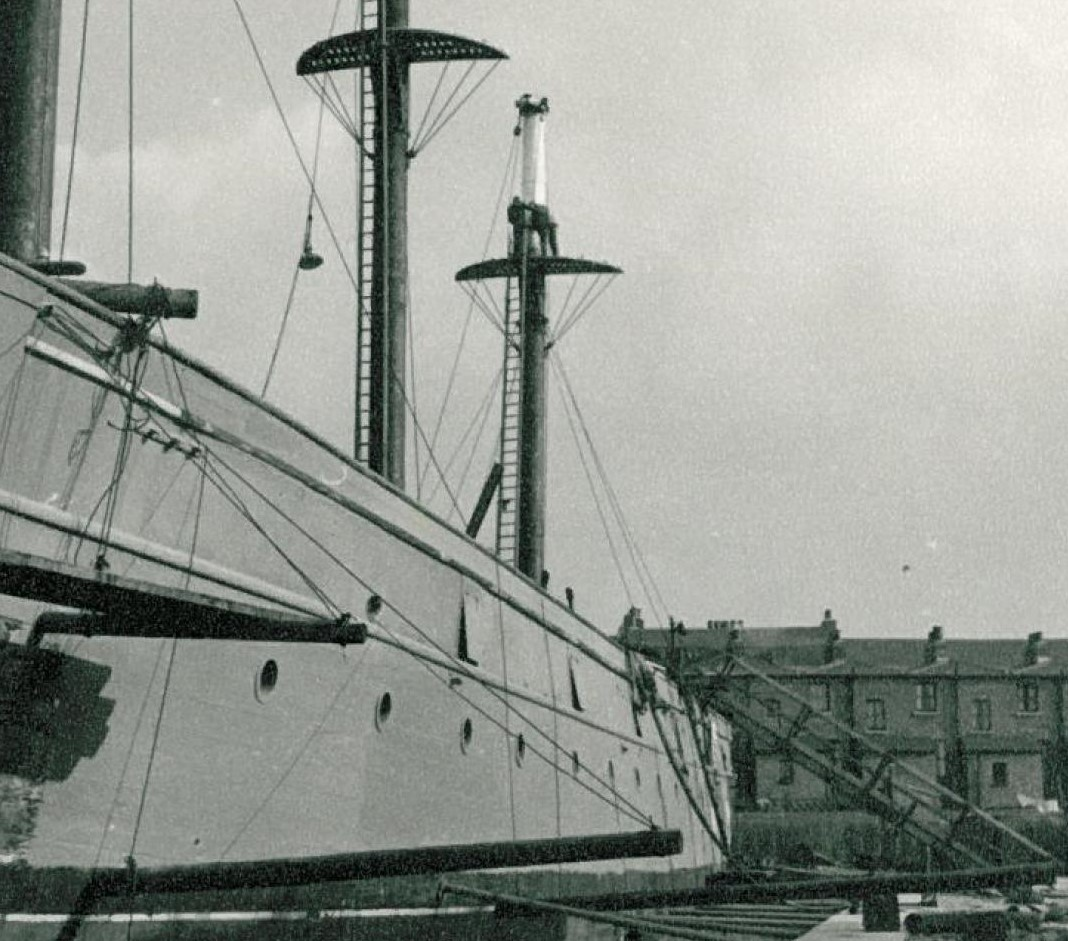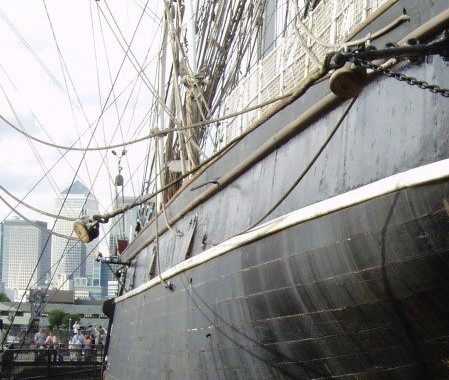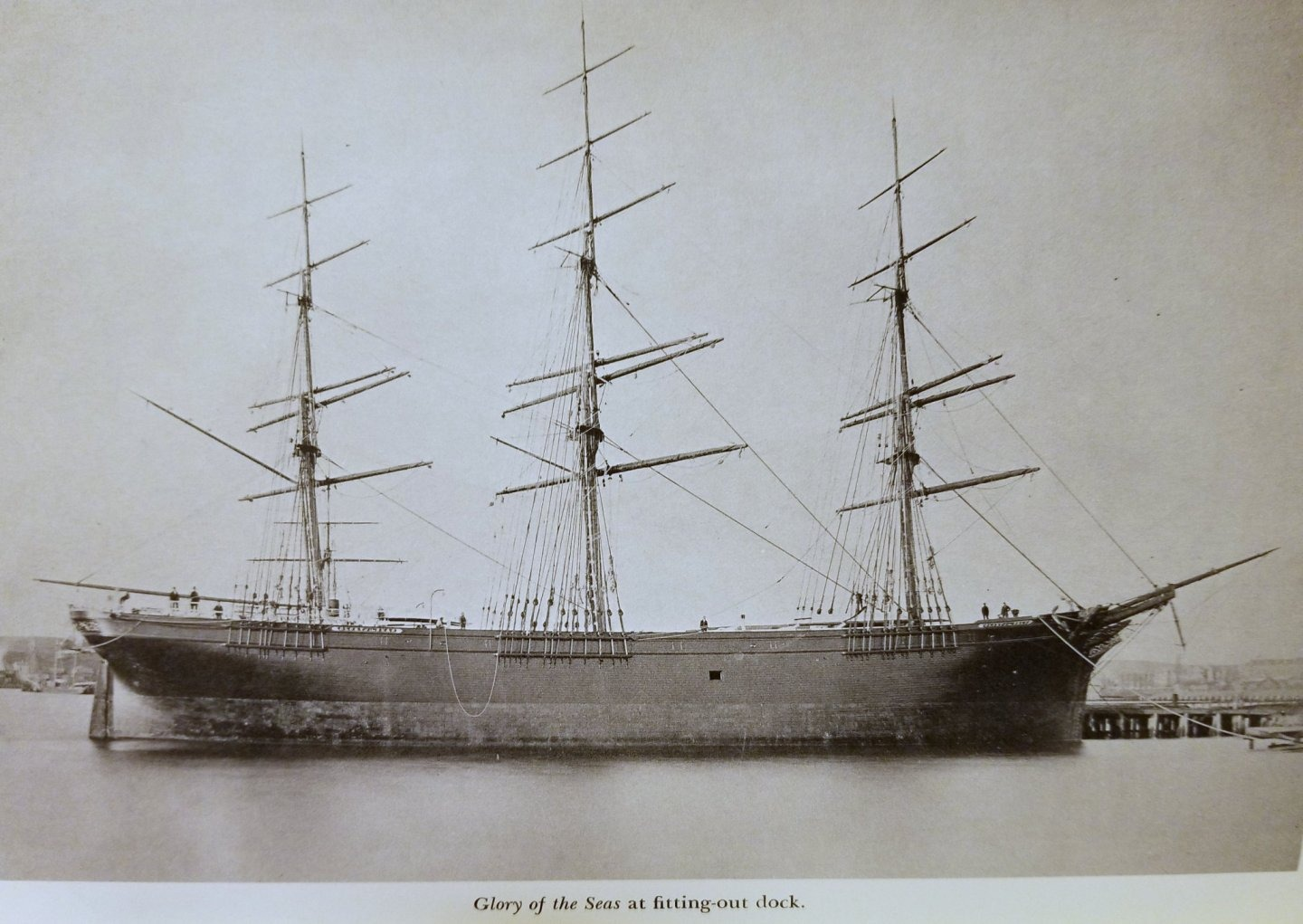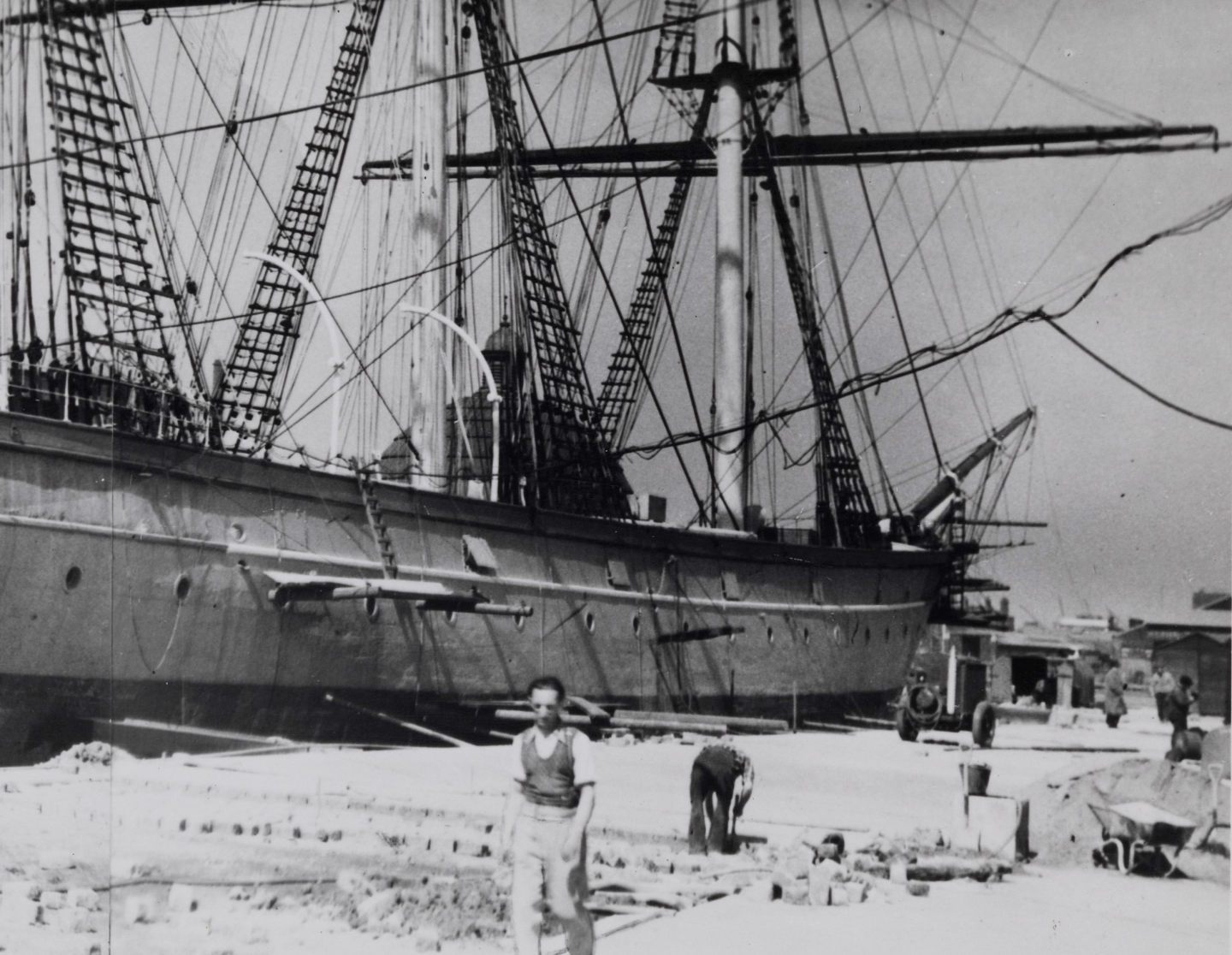-
Posts
5,512 -
Joined
-
Last visited
Content Type
Profiles
Forums
Gallery
Events
Everything posted by rwiederrich
-
McLean was like a reporter reporting on a horse race. He describes the horse to a tee. Its height, stride, any stat that can influence a buyer or better. Betting was the predominant pass time of the wealthy and the up and coming, investor. Clipper betting was like fantasy football is today. but you still need the stats and info on players to make the best bet you can. Same goes for clippers. McLean was the provider of stats. If a vessel was constructed poorly and had few amenities....it might not attract a well paying traveler or cargo. Not to mention any noted discrepancies in its construction might inhibit its performance or endurance. McLean had to be clear.....millions of dollars were riding on it. Betting on clippers and investing in shipping rates was nearly as profitable as mining the gold fields of California. Rob
-
Fantastic work. Great job in such a small scale. Rob
- 164 replies
-
- Red Jacket
- Marine Model Company
-
(and 2 more)
Tagged with:
-
Love it…… just love it. I couldn’t have done better myself. I believe this is as close as we can get….with all the clues we have compiled. I can’t imagine it being any different Talking to Mike today, he fully agreed that Duncan McLean’s descriptions are hardened fact, based upon his responsibility as a chronologer of the facts of these vessels. A sports reporter, or a NASA documenter of the space program ….. of his time. Clipper ship designs and records were big business at the time. Rob
-
I figure...there will be scrutinizers of our work out there, and since we are making highly educated *guesses*.....we might as well make them as accurate as they could be....based upon the limited descriptions of Duncan McLean. Your adjustments sound perfect. Now that you have drawn the companion way slide roof.....you can probably see why I chose the Thermopylae model forecastle companion way as an example.....😁 I also agree....making the splash rail shorter by several inches.....makes more sense. Some paintings of her almost eliminate the visible splash rail all together, so it must have been shorter. Rob
-
Rich... I've done a preliminary over drawing of your beautiful rendering. And if you follow the angle of the hull framing down to the lower(3ft) forecastle deck. With the companion ways in their present location...and their steps leading down...you have less than a foot and a half space available for the WC's....between the steps and the out framing of the hull. However...if the companion ways were relocated to the window just inboard and the window over to the companion way's current location....you will have four and a half ft available space. Enough for a decent WC. If you think a window behind the steps is unacceptable. Then simply panel the space in. Rob
-
Regardless of what action came first…… this rendering shows the precarious situation the crew was forced to be in, when they had to rapidly shorten the huge topsail. The action and motion of the act is dramatically captured in this Buttersworth painting. Im now more convinced ,than ever, this is the sail presentation I’m going to model my Staghound in. Rob
-
If you are simply furling the sail.....but these fellows are not furling just yet. They need to get the large topsails unproductive. And that means, pulling up the reef tackle and the sail, half way and, dropping the yard to impede its ability. (This is done simultaneously). This causes the top half of the sail to fall over the bottom half. Reducing its size. This action is done quickly, so strong gusts don't rip down the masting that is overloaded. Once the sails size is reduced(hence) its force...then the entire sail was pulled up and furled to the yard. It was a dangerous and arduous adventure, and it took a lot of men. This problem is exactly why they invented the *double* topsails. Rob
-
I hope everyone is understanding the process of furling and reefing the topsail ? The reef tackle is located on the side of the sail..bout midway. These lines are pulled in and the sail is then partially furled up to the yard. The head of the sail fall forward and is blocked by the mid reefing of the lower part of the sail. As seen on the foremast, mainmast, mizzen topsails This process was the precursor of the process of cutting the sail....the process that the Forbes and Howes double topsail designs accomplished. So prior to these advances....the single topsail was clewed up by the reef tackle to the yard, the sail is bent to.....permitting the top half of the sail to fall forward and reduce its effectiveness. Then the crew furled the rest of the sail to the yard. Rob
-
Sorry my friend, but there are only 4 yards per mast in this painting. Only 2 sails on the fore mast...one on the main and one on the mizzen. Some tricky re-rigging of her topsail to reduce its overall exposure, by clewing up her reef tackle. This trick exposes the sail to extreme stress on the reef points on the edge of the sails and doesn't provide proper support along the length of the head of the sail at the yards jackstays. Looks like 2 sails but is only one. Rob
-
Something else is wrong. She is flying a lower topsails. Meaning she is rigged with double topsails. she didn't have this Howes arrangement. ???????? Or... some tricky re-rigging of her topsail to reduce its overall exposure, by clewing up her reef tackle. This trick exposes the sail to extreme stress on the reef points on the edge of the sails and doesn't provide proper support along the length of the head of the sail at the yards jackstays. Interesting depiction. No wonder Forbes and subsequently Howes developed the double topsail. 4 yards per mast....interesting. This would be a great way to depict my Staghound......with the sails just like this...... Rob
-
The Forward cabin in the poop. Captain on one side first second officers on the other. Captains always were in the poop cabin…..never with the crew in the main cabin or forecastle. Read the accounts of the captain of the “Wild Boat of the Pacific”, the Dreadnaught…. In , “From Forecastle To Cabin”. Captains rarely left the poop to go forward. Mates did that.
About us
Modelshipworld - Advancing Ship Modeling through Research
SSL Secured
Your security is important for us so this Website is SSL-Secured
NRG Mailing Address
Nautical Research Guild
237 South Lincoln Street
Westmont IL, 60559-1917
Model Ship World ® and the MSW logo are Registered Trademarks, and belong to the Nautical Research Guild (United States Patent and Trademark Office: No. 6,929,264 & No. 6,929,274, registered Dec. 20, 2022)
Helpful Links
About the NRG
If you enjoy building ship models that are historically accurate as well as beautiful, then The Nautical Research Guild (NRG) is just right for you.
The Guild is a non-profit educational organization whose mission is to “Advance Ship Modeling Through Research”. We provide support to our members in their efforts to raise the quality of their model ships.
The Nautical Research Guild has published our world-renowned quarterly magazine, The Nautical Research Journal, since 1955. The pages of the Journal are full of articles by accomplished ship modelers who show you how they create those exquisite details on their models, and by maritime historians who show you the correct details to build. The Journal is available in both print and digital editions. Go to the NRG web site (www.thenrg.org) to download a complimentary digital copy of the Journal. The NRG also publishes plan sets, books and compilations of back issues of the Journal and the former Ships in Scale and Model Ship Builder magazines.




